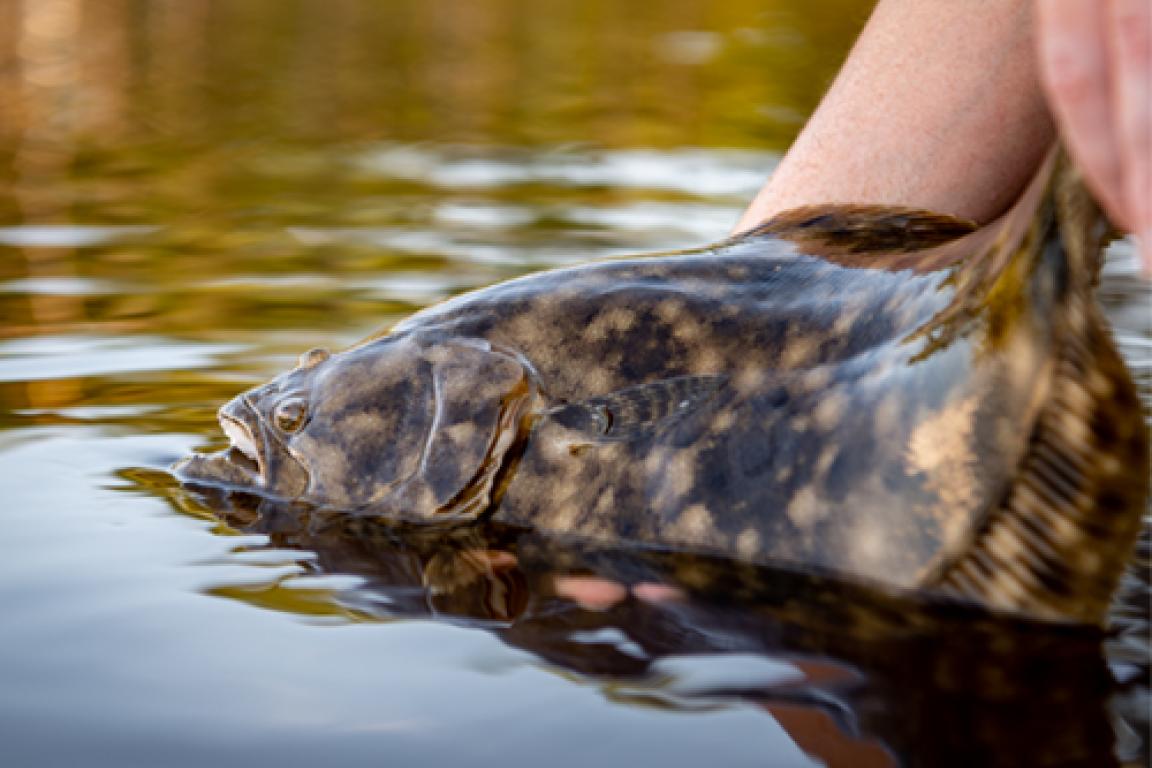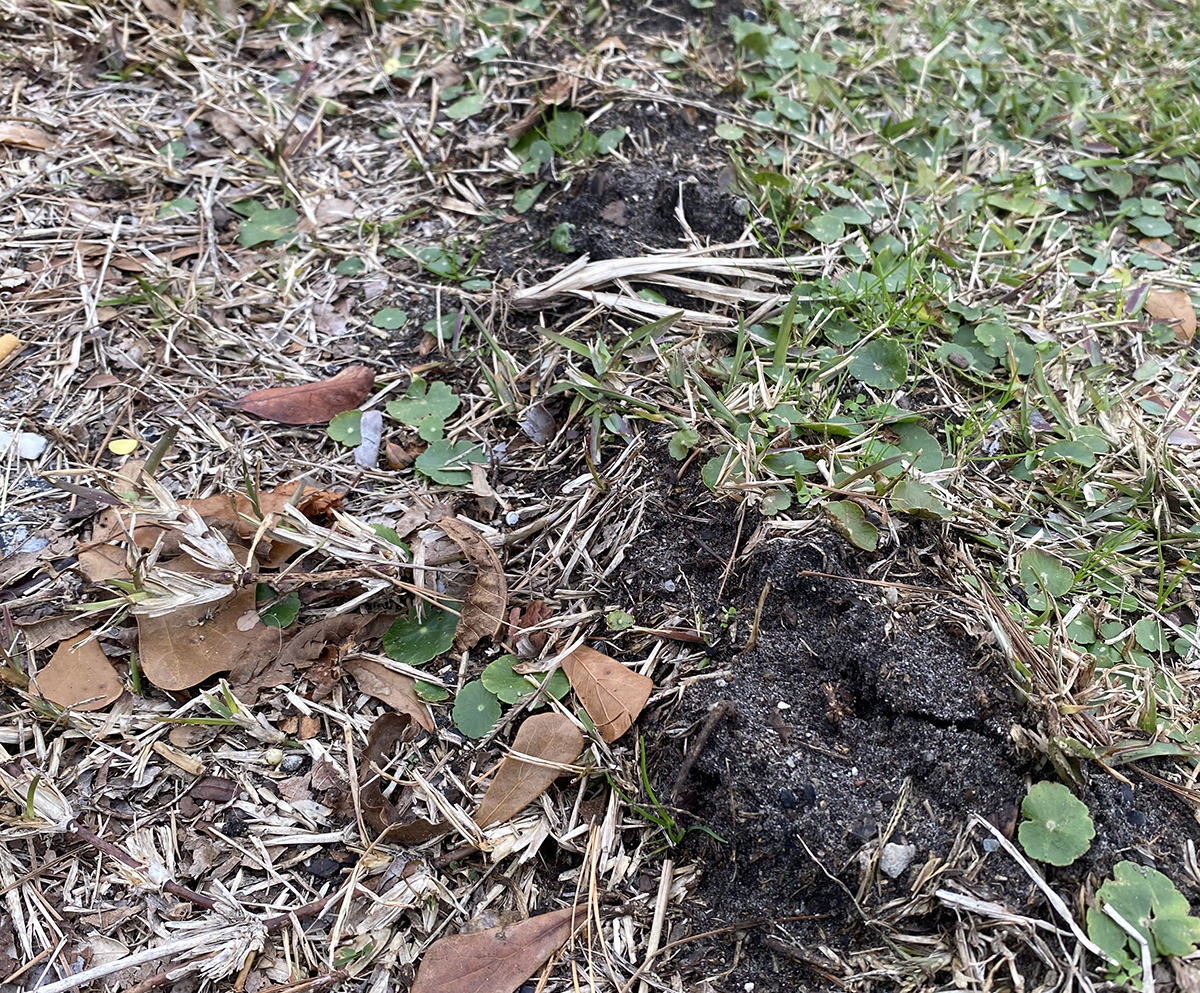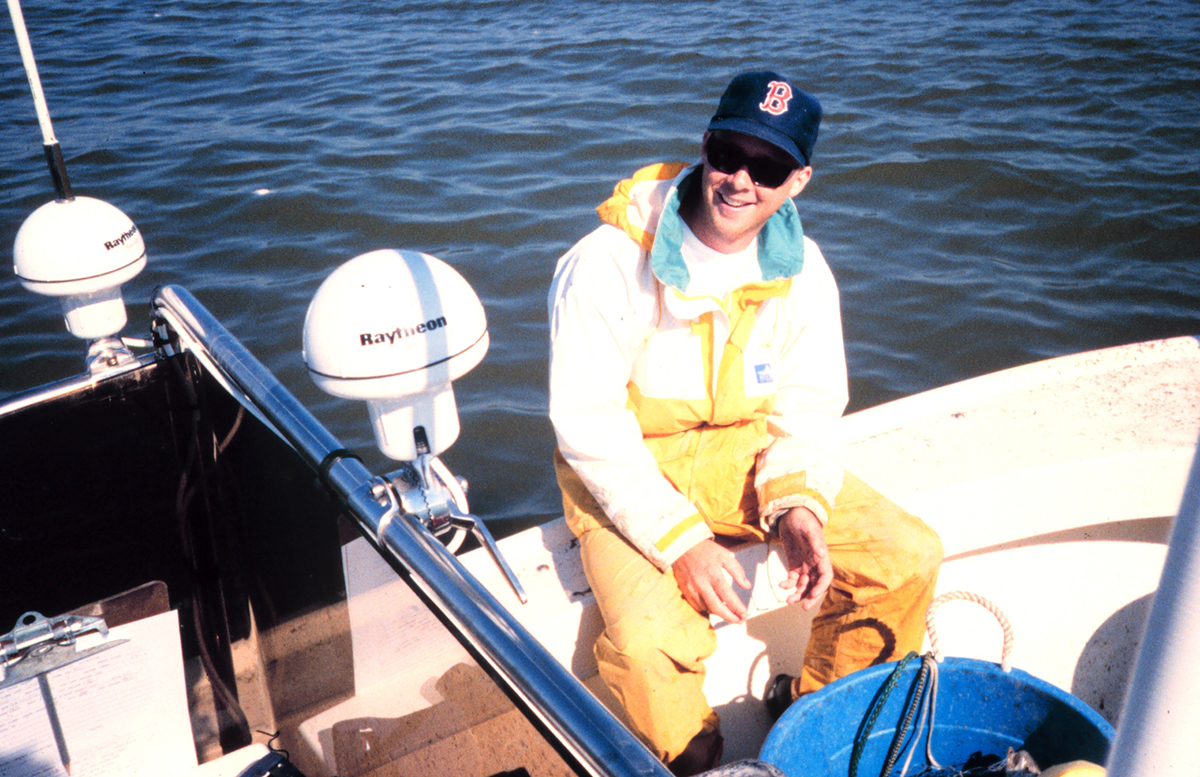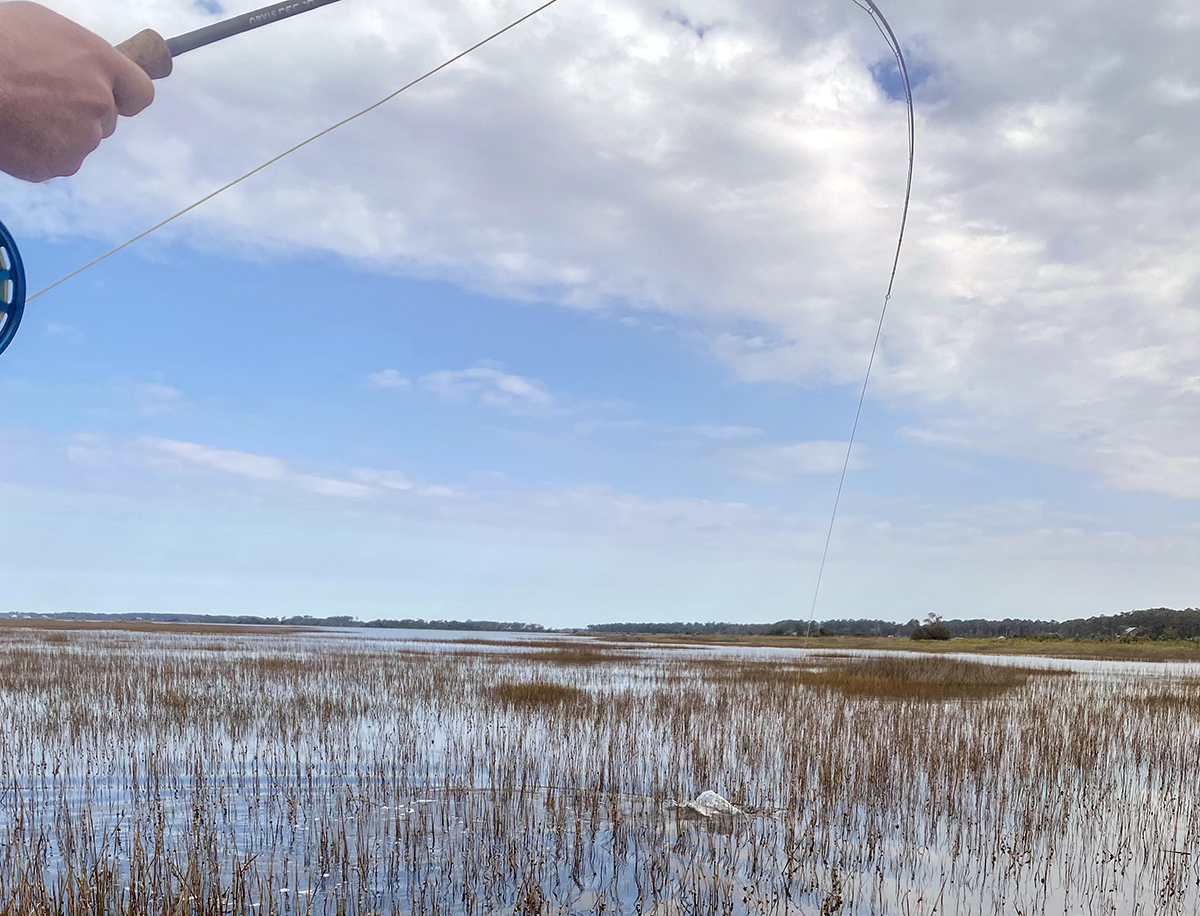
Guest Commentary
To stimulate discussion and debate, Coastal Review welcomes differing viewpoints on topical coastal issues.
From the inlets of Texas to the marsh creeks of North Carolina, the Southern flounder has been a coastal mainstay — a master of camouflage, a favorite of anglers, and a staple in commercial docks. But the fishery is in trouble, and the root cause is proving more stubborn than nets and lines: the water where these fish grow up is getting too warm for their biology to function as it should.
Supporter Spotlight
The Biology Behind the Problem
Southern flounder have a quirk that makes them unusually sensitive to climate change: their sex is not fixed at birth. Instead, juvenile flounder spend their first few months in shallow estuarine nursery creeks, and the water temperature during that period determines whether they develop as male or female.
In a balanced system, roughly half would be female — the egg-layers that drive reproduction. But warmer nursery waters skew this ratio heavily toward males. The difference isn’t subtle:
- North Carolina surveys (2014–2017) found that in cooler northern nurseries like the Pamlico River, about 60–67% of juveniles were male.
- In warmer southern creeks, like those in the New River, male proportions reached 81–94%, leaving only a sliver of females in the mix.

Lab experiments confirm the link: water temperatures of 80 °F or higher during early growth push most juveniles to become male, regardless of their genetic sex.
The implications are stark: fewer females, fewer eggs, fewer young fish entering the population. Without enough females, the stock’s recovery potential collapses.
Another aspect of Southern flounder biology that many fishermen don’t know is that females reach much larger adult sizes than males. The vast majority (80-90%) of males stop growing before reaching the minimum harvestable size (currently 15 inches in NC waters). That means that nearly all of the harvest (both recreational and commercial) targets females.
Supporter Spotlight
Fishing Pressure vs. Warming Water
Historical overfishing has contributed to the Southern flounder decline. The adult fish migrate offshore in the fall to spawn, making them easy targets as they leave the estuaries. In North Carolina, harvests were high for decades until a 2019 assessment confirmed the stock was overfished with overfishing occurring.
Since then, NC managers have imposed some of the strictest rules in state history, and throughout the species range — including a 72% cut in removals and, in 2024, the complete closure of the recreational season. These cuts have reduced fishing mortality, but the size of the population remains far below levels needed for a sustainable fishery.
What’s vexing managers is that even with drastically reduced catch, the warming-driven skewed sex ratios limit reproductive capacity and the total number of females available to harvest. In other words, fishing limits can protect adult females, but if the nurseries keep producing mostly males, there will never be enough females to rebuild the stock.
Habitat and Other Stressors
Habitat degradation — from shoreline hardening, dredging, and water pollution — has also reduced the quality of juvenile flounder habitat. Loss of vegetated marsh edges and shallow feeding flats means fewer places for young flounder to shelter and feed. But while habitat restoration can help in specific locations, it cannot offset the coastwide effects of rising water temperatures.
Not Just a North Carolina Story
From Texas to the Carolinas, Southern flounder numbers have declined in a synchronized pattern. That’s telling: historical fishing pressure as well as harvest rules vary widely, but the declines align closely with regional warming trends, pointing to climate as a coastwide driver.
Texas has invested heavily in hatchery enhancement, producing and releasing over 378,000 juvenile flounder so far, with plans to scale up. South Carolina began stocking trials in 2021. Past experiences with other coastal fisheries indicate that supplementing wild populations with hatchery fish may not solve the problem. So far, North Carolina has opted not to use hatcheries as part of Southern flounder management, focusing instead on catch reductions to rebuild the stock.
Hatcheries may provide some help in the short term, especially during years of poor natural reproduction, but they cannot solve the fundamental temperature problem that exists in wild nurseries.
The Overlooked Winter Challenge
Southern flounder spawn offshore in winter. Climate data show that ocean waters throughout the species range are warmer now than in past decades. Key reproductive events — egg fertilization, embryo development, and early larval growth — may be more sensitive to even modest winter warming than previously thought.
The poor recruitment in Southern flounder mirrors declining patterns observed. In other winter-spawning species, including members of the snapper-grouper complex, leading scientists to question whether we are witnessing a broader ecological regime shift toward lower productivity.
If Warming Continues
If summer and early fall estuarine temperatures keep rising:
- Sex ratios will remain heavily skewed toward males in many North Carolina nurseries.
- Even with strict fishing limits, the spawning stock will rebuild only slowly — or not at all.
- Commercial and recreational opportunities could remain severely restricted for several years.
- The fishery’s cultural and economic role in coastal NC could shrink dramatically.
Local habitat strategies — like protecting shaded, groundwater-fed creeks that stay cooler — could help maintain “female refuges” in certain areas. But these are stopgaps. Without broader climate action, the male-heavy trend will persist, limiting egg production and, ultimately, the number of flounder available to catch.
The Road Ahead
North Carolina’s current management plan aims to rebuild the stock to sustainable levels by 2028, but that target assumes average environmental conditions. If water temperatures continue to trend upward, managers may need to combine stricter harvest controls, targeted hatchery releases, and climate-resilient habitat protection just to stabilize the fishery.
For now, the Southern flounder is sending a clear signal: it’s not just about how many fish we take — it’s also about what’s happening in the water itself.
Opinions expressed by the authors are not necessarily those of Coastal Review or our publisher, the North Carolina Coastal Federation.







